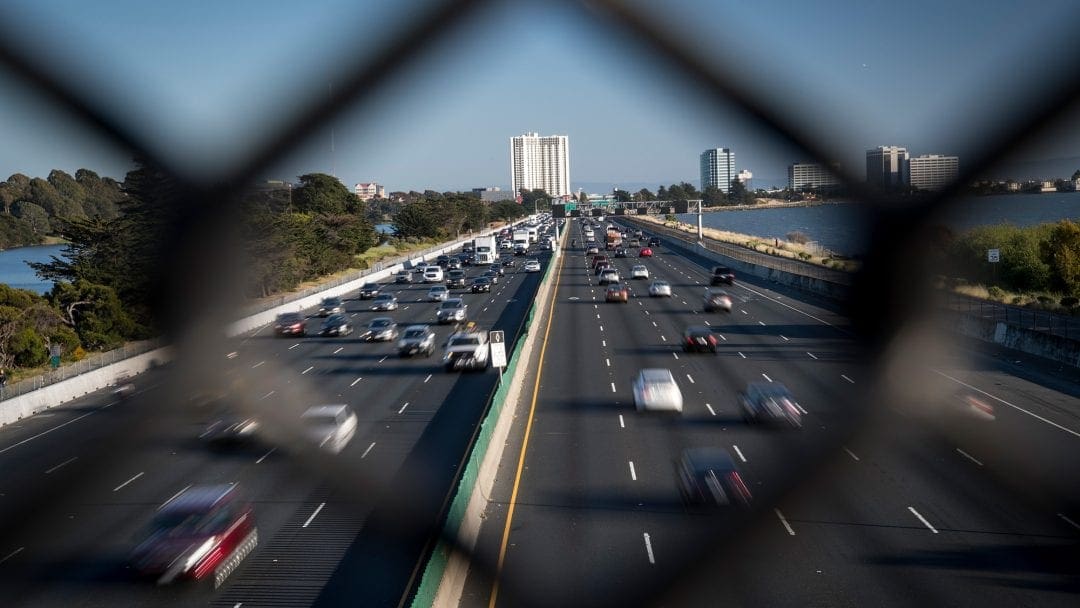With industries leading the way into a newer, brighter, cleaner future for transport, it is time to take stock of the statistics surrounding sustainability, particularly when saving lives.
A report from Forbes has released a series of studies carried out by the National Highway Traffic Safety Administration (NHTSA). The NHTSA keeps track of accident patterns in the automotive and moto industries and uses these statistics to encourage a safer road for everybody.
Recently, the numbers have been fluxing in favor of automobiles – leaving the safety of motorists at a higher risk than anticipated.

According to the studies, motorcycle fatalities have increased to 21.46 fatalities per 100 million vehicle miles driven when measuring intel gathered between 2009 and 2018.
That means that motorcycle riders’ risk has been increased by a whopping 15-21% – 22 times that of automobile drivers.
By contrast, automobile fatalities are at an all-time low, with 1.11 fatalities per 100 million vehicle miles driven stated for the same time frame.

These numbers also go very well with the following statements released by HG.org, a legal resources law firm committed to the safety of motorists.
- Around 66% of motorcycle-related accidents are caused by a vehicle violating the right-of-way, usually at an intersection.
- 98% of motorcycle accidents do not have weather as a contributing factor in the accident reports.
- 62% of motorcyclists experience fuel system spills and leaks post-crash, increasing risk more than the average automobile.
- Motorcycle manufacturers have been making more recalls. According to HG.org, “Recalls have become more prevalent with some manufacturers like Yamaha having a record 49 recalls in the last decade and effectively 32% of MY20 recalled.”
It’s data like this that contributes to creating the Hazard Analysis and Risk Assessments (HARAs).
HARAS contributes to Functional and Technical Safety Concepts, which guides design requirements for a new vehicle and in turn creates a safer product.
“Per a recent 2021 report prepared for Congress,” writes Forbes, “The National Transportation Safety Board (NTSB) has urged NHTSA to address the design of motorcycles including the following:
- requiring motorcycles to meet performance standards for passenger vehicle crash warning systems;
- mandating that new motorcycles manufactured for on-road use come equipped with antilock braking systems; and
- developing standards for stability control systems for on-road motorcycles.”
Time will tell how this scene plays out, but for now, best to consider strapping that helmet on and checking out these 5 Motorcycle Safety Tips when going for a tootle about town.



No Comment